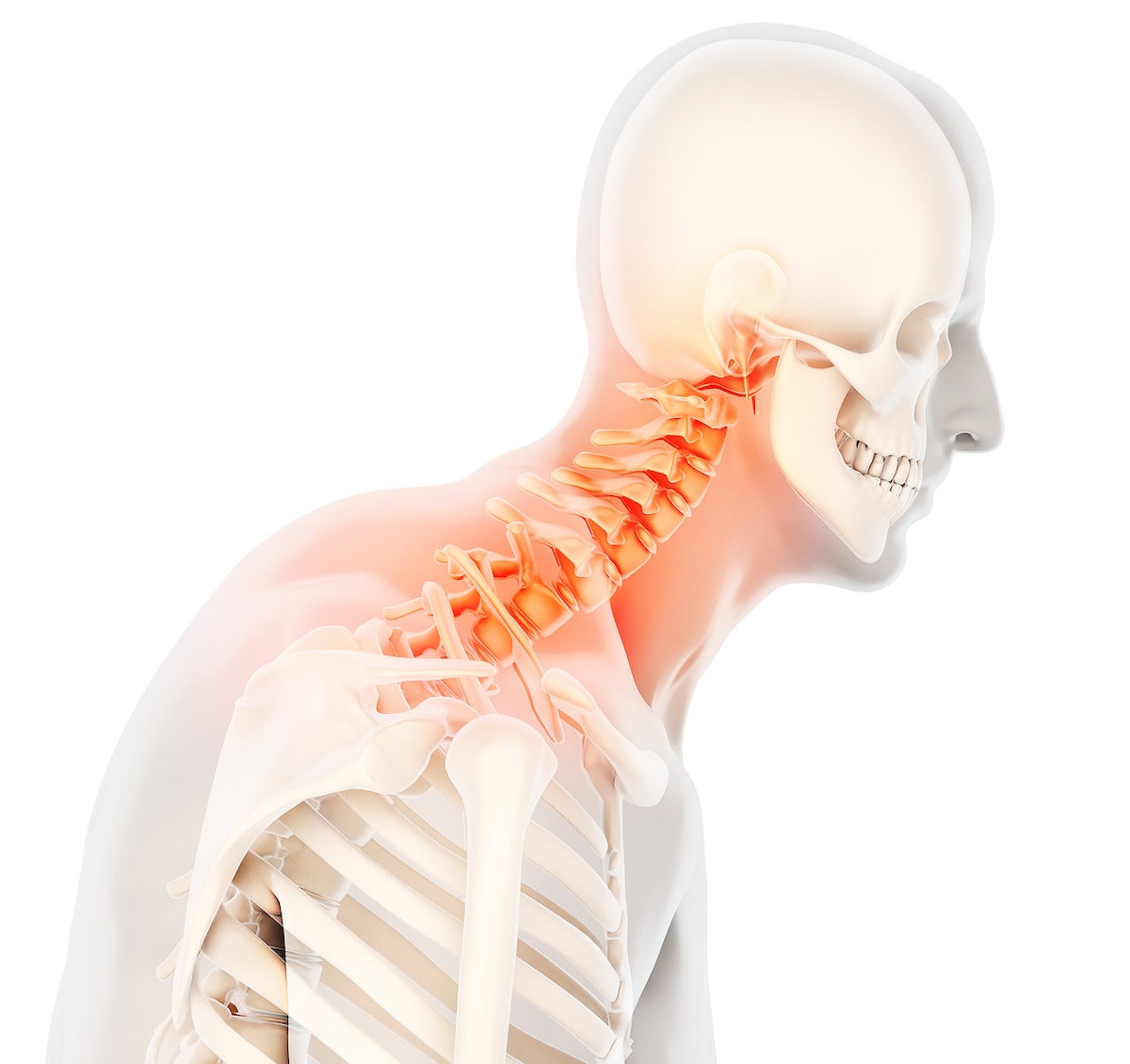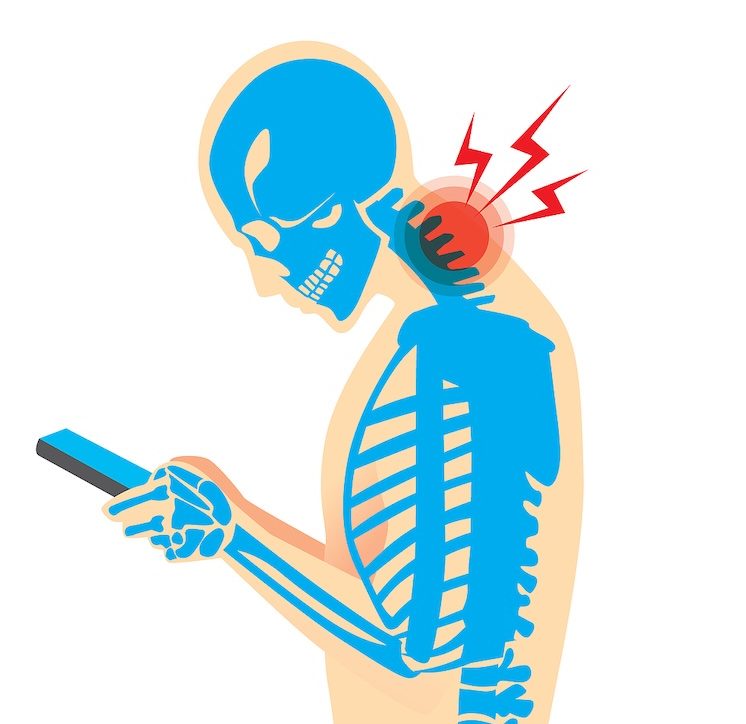Introduction
I had a young woman in recently at our Toronto chiropractic clinic with constant neck and shoulder tension that just wouldn’t go away, no matter how much she stretched. Massage therapy helped for a day or two, but the pain always returned. She was frustrated because she noticed her forward head posture getting worse — her head gradually creeping further forward and even the beginnings of a small hump at the base of her neck. She didn’t want things to get worse.
Now, pause for a second. Where’s your head right now? If you’re reading this on your phone or laptop, chances are it’s tilted forward over your shoulders. Not good.
Recent studies show the average person is sitting for more than 10 hours per day. Wow! Between endless hours on screens, social media, and streaming shows, forward head posture is becoming more and more common — and at younger and younger ages.

What Is Forward Head Posture?
Forward head posture happens when your head shifts forward relative to your shoulders, projecting in front of your body.
Think of your head like a bowling ball. When it’s balanced directly over your shoulders, your neck barely notices. But every inch it drifts forward adds about 10 extra pounds of strain. Two inches forward? That’s like carrying a whole bowling ball strapped to your neck. No wonder your neck muscles get sore and tight.
Normally, your head should rest in line with your shoulders, with your ears roughly above the middle of your shoulders. When it drifts forward, the muscles in the back of your neck have to work extra hard to keep your head from collapsing further forwards.
Step-by-Step Forward Head Posture Exercises
Here are three cornerstone exercises we teach at Transform Chiropractic in Toronto. Done consistently, they can make a major difference in your posture over time.
1. Chin Tucks (Neck Retraction)
Why it matters: Strengthens your deep neck flexors and reduces upper neck strain.
Sit or stand tall, preferably against a wall to stabilize yourself.
Pull your chin straight back, basically like making a double chin (try to look in the mirror to make sure you’re doing this correctly).
Try to avoid tilting your head up into extension, but especially down into flexion.
Hold the contraction for 5–10 seconds, repeat for 10–15 reps, and 2–3 times daily.
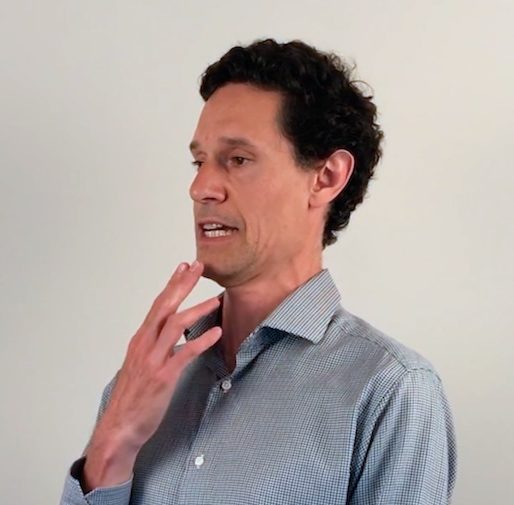
2. Wall Angels
Why it matters: Opens your chest and strengthens the postural muscles between your shoulder blades.
Stand with your back against a wall, the back of your feet approximately 6 inches away.
Flatten your lower back (stretches your midback more) and gently press your head back into the wall, or as close as you can come without discomfort.
Place arms in a “goalpost” position at your side, elbows bent at roughly 90°. Try to get your arms/elbows as close to the wall as possible, without stressing your arms and shoulders too much. Be gentle with this, it can take time.
Slowly slide your arms upwards and downwards on the wall, like a snow angel. Each repetition should take 2–3 seconds up and down — slow and controlled is key.
Perform 8–10 reps, 1–2 sets daily.
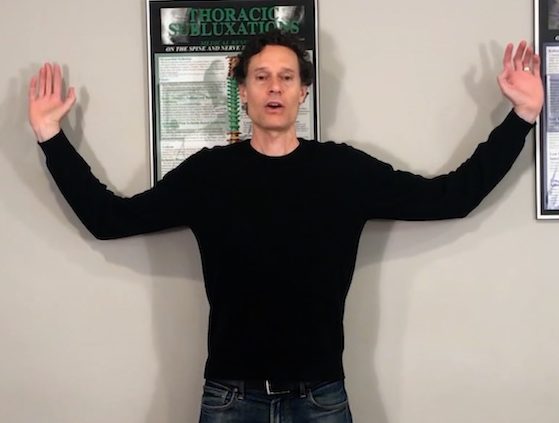
3. SCM Stretch (Sternocleidomastoid Stretch)
Why it matters: The SCM pulls your head forwards and down, greatly contributing to FHP. Stretching it helps to restore proper shoulder–head balance.
Sit tall with your right hand under your thigh (to stretch your right SCM).
Tilt your head to the left, then rotate up to look at the ceiling. For a better visual of this, please refer to our SCM stretching video below.
You should feel a stretch along the front and side of your neck.
Hold this position for 20–30 seconds.
Repeat on both sides for 2–3 reps each.
Avoid pushing into sharp pain — a light to moderate stretch is enough.

Common Mistakes to Avoid
Tilting your chin upward (or downwards) instead of sliding it straight back during neck retraction. Remember, double chins!
Forcing or overstretching your neck. Making change will take time, so start slowly and gently, and gradually increase.
Rushing through movements instead of slow and controlled reps. This is a recipe for injury, there’s no rush.
Ignoring sharp pain — stop immediately if this happens and consider modifications or alternative exercises. Exercise is not always one size fits all.
Extra Tips for Success
Expect some mild stiffness at first — that’s normal whenever you start any new stretch or exercise.
Consistency beats intensity, every time. Especially as we age: aim for a few minutes every day, done consistently.
Use a mirror or a photo/video from your phone for feedback, or ask a friend to watch.
Ideally, keep screens close to eye level (for laptops or even phones) and take micro-breaks from screentime every 30–45 minutes.
Be patient — your poor posture didn’t develop overnight. It will take time to change. But with consistency, you’ll get there.
Small changes add up — don’t underestimate what a couple of minutes a day can accomplish. Stick with it.
Other Helpful Forward Head Posture Exercises
In addition to chin tucks, wall angels, and SCM stretches, there are several other powerful exercises that can help correct forward head posture. We’ll be covering these in more detail in upcoming articles:
Titanic Exercise – A fantastic posture drill for opening the chest and strengthening the postural muscles of your upper back (especially helpful for swayback posture too).
Cervical Retraction with Extension – Builds on the chin tuck by training proper head and neck movement, particularly for people who have lost their normal neck or cervical curve.
Scapular Retraction (Prone Position) – Great for activating the mid-back muscles that hold your shoulders and head in alignment.
Pectoral/Chest Stretch – Tight chest muscles often drive the head forward; stretching them helps to restore balance.
Each of these complements the core exercises above and can accelerate your progress. Check back soon — we’ll link to our detailed guides as they’re published.
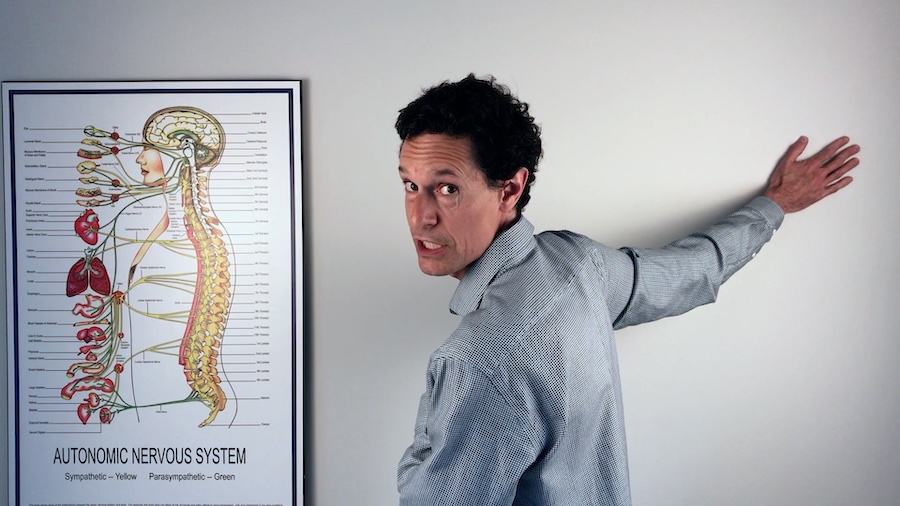
When Exercises Alone Aren’t Enough
Exercises and stretches are great to slowly stretch and retrain muscles. But if the joints of your spine have been compressed and stuck for months or years, results can be challenging and often plateau sooner than you’d like.
Chiropractic adjustments can help to restore your spinal mobility and make your stretches and exercises more efficient and effective.
At Transform Chiropractic in Toronto, we combine a detailed assessment approach with specific gentle adjustments and tailored exercise and stretching programs for faster and longer-lasting results.
FAQs: Forward Head Posture
How long before I see results?
Many patients notice less tension within weeks, but lasting correction typically requires several months of consistent effort. Stick with it, you’re worth it!
Can I do these exercises if I have arthritis or a disc problem?
In most cases, yes, but start out very gently. Always avoid sharp pain and stick only to the comfortable ranges of motion. If you have any shooting pain or numbness or tingling down your arms or hands, or just want to be careful and sure, it’s always a good idea to consult with a chiropractor first.
Do I need special equipment?
No. A wall and a bit of floor space are all you’ll need. Perfect for doing these forward head posture exercises at home. A mirror can help, but isn’t required.
When should I consider seeing a chiropractor in Toronto for forward head posture?
If symptoms go beyond stiffness — like arm pain, numbness, tingling, or if your posture isn’t improving despite consistent effort — it’s time to see a professional. Book an assessment at our posture correction Toronto clinic to assess the root cause and guide you with specific care and exercises.
The Bottom Line on Forward Head Posture
Forward head posture is one of the most common causes of neck and shoulder tension today. The good news is that in the vast majority of cases, it is correctable.
Start with these simple forward head posture exercises — chin tucks, wall angels, and SCM stretches. Be patient, consistent, and mindful of your posture throughout the day. And if you need some extra help or just feel stuck, please contact our team at Transform Chiropractic Toronto for a personalized assessment.
Together, we’ll help you stand taller, move better, and live a life without neck and back pain.
